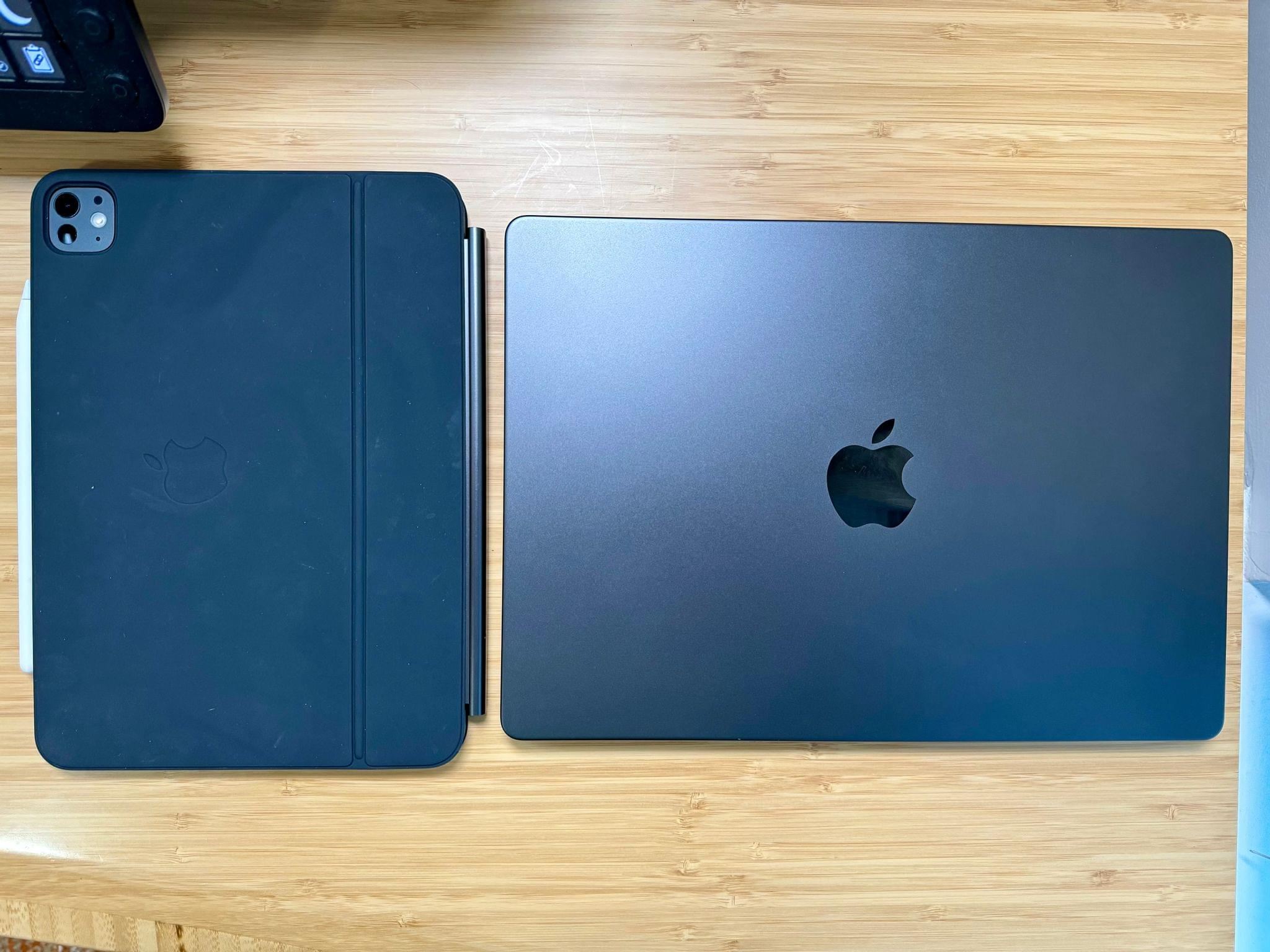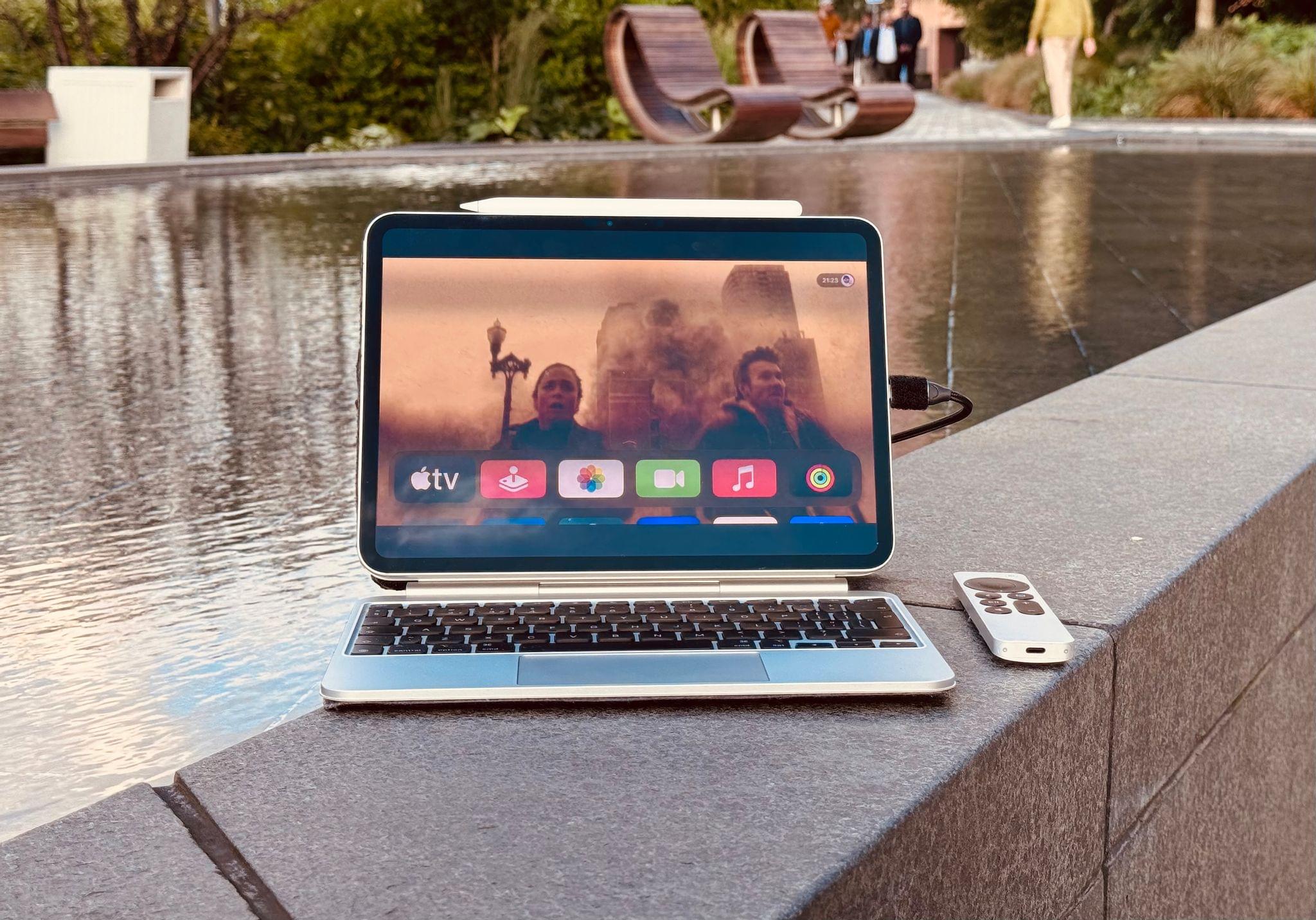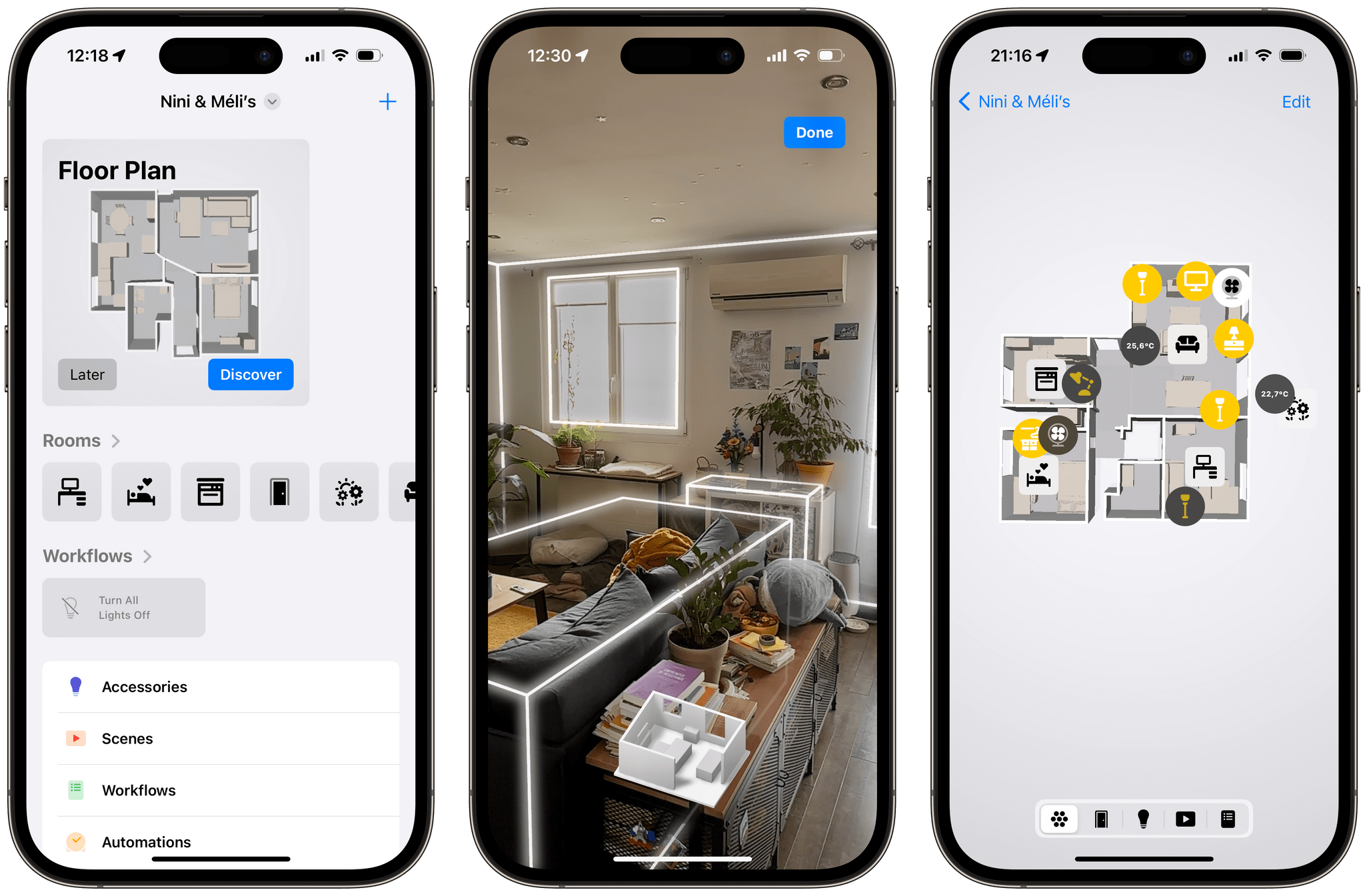During the WWDC keynote earlier today, Apple devoted an entire section to home and audio updates coming this fall. These updates include features for tvOS, AirPods, and the Home app. We’ll have a full tvOS overview later, but first, let’s dive into what’s coming for AirPods and Home.
AirPods
Siri Interactions offer a new, hands-free way of responding to Siri announcements for AirPods Pro users. With a simple nod or shake of the head, users can answer phone calls, dismiss messages, and more. This new interaction method is helpful in scenarios where speaking aloud or pulling out your phone isn’t an option.
Voice Isolation, a feature previously available on iPhone, iPad, and Mac, is coming to AirPods Pro themselves. When you’re on a call, the H2 chip will use machine learning to automatically filter out background noise and wind to make it easy for the person on the other end to hear what you’re saying.
Apple is also improving the experience of gaming with AirPods. Personalized Spatial Audio is expanding to games, using head tracking and the device’s understanding of your ear shape to deliver an immersive audio experience. AirPods Pro will offer lower audio latency when gaming on iPhone in Game Mode and higher voice quality for audio chats with 16-bit, 48kHz audio. Finally, an API for immersive gaming audio will be available to developers.
Home
Guest access is coming to the Home app, enabling residents to grant guests the ability to control locks, garage doors, and security systems for a limited amount of time instead of giving them full home access. Users can also view guests’ Activity History to see what home devices were accessed and when.
Smart locks that support home keys can be unlocked hands-free when a resident is within six feet of the door. The Home app is adding support for robot vacuum cleaners. And Apple is partnering with utility providers, starting with Pacific Gas & Electric Company in California, to allow users to connect their utility accounts to the Home app, track electricity usage, and make more informed decisions about their energy use.
SharePlay is coming to Apple Music on the HomePod and HomePod mini. Users can control playback and add songs to the music queue by bringing their iPhone close to the iPhone connected to the HomePod or by scanning a QR code on the other iPhone’s screen, and even users who aren’t subscribed to Apple Music can take part in SharePlay sessions. Spatial Audio is also coming to AirPlay, allowing immersive audio to be beamed from an iPhone to a HomePod or other compatible AirPlay speaker.
You can follow all of our WWDC coverage through our WWDC 2024 hub or subscribe to the dedicated WWDC 2024 RSS feed.


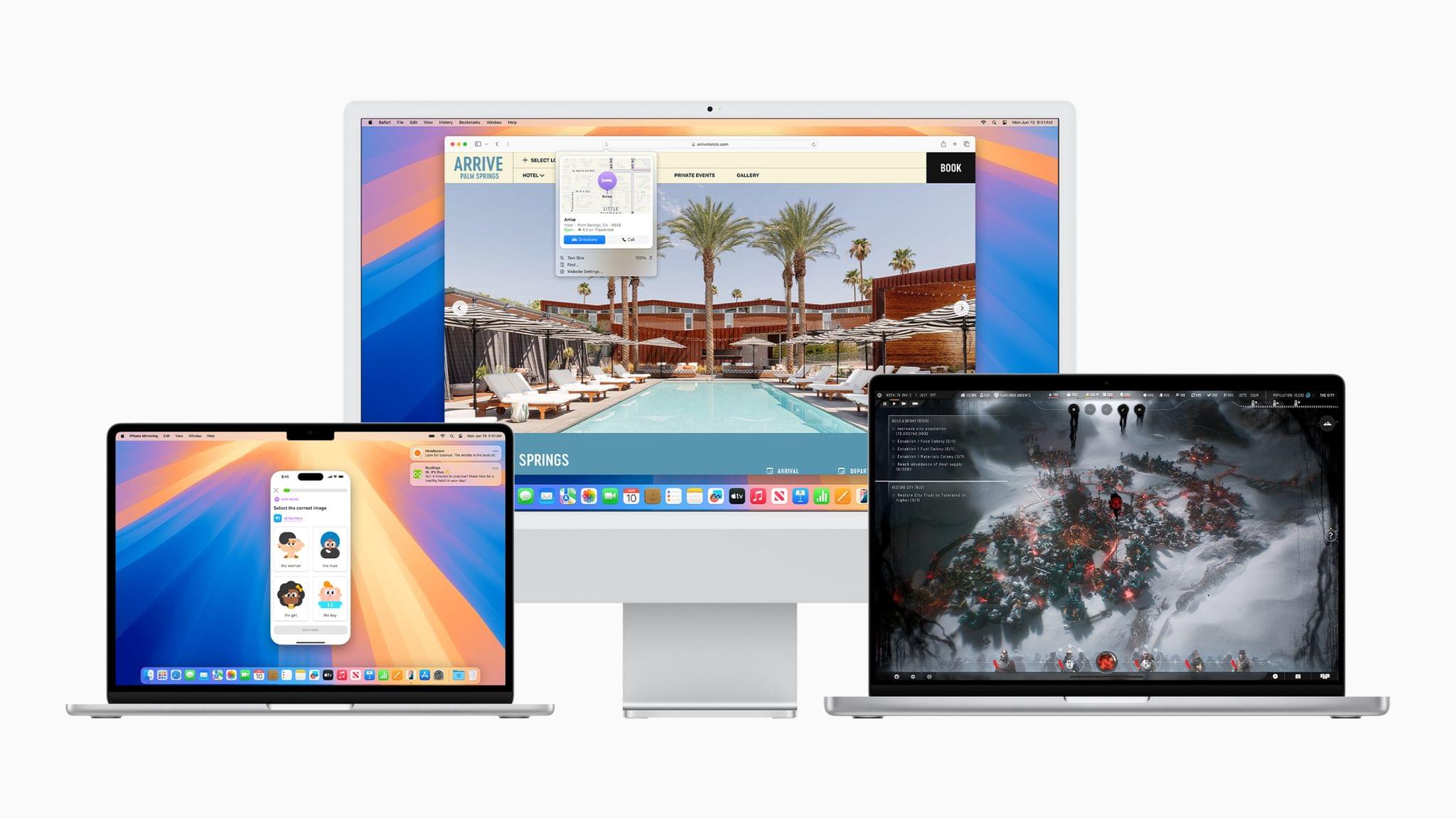
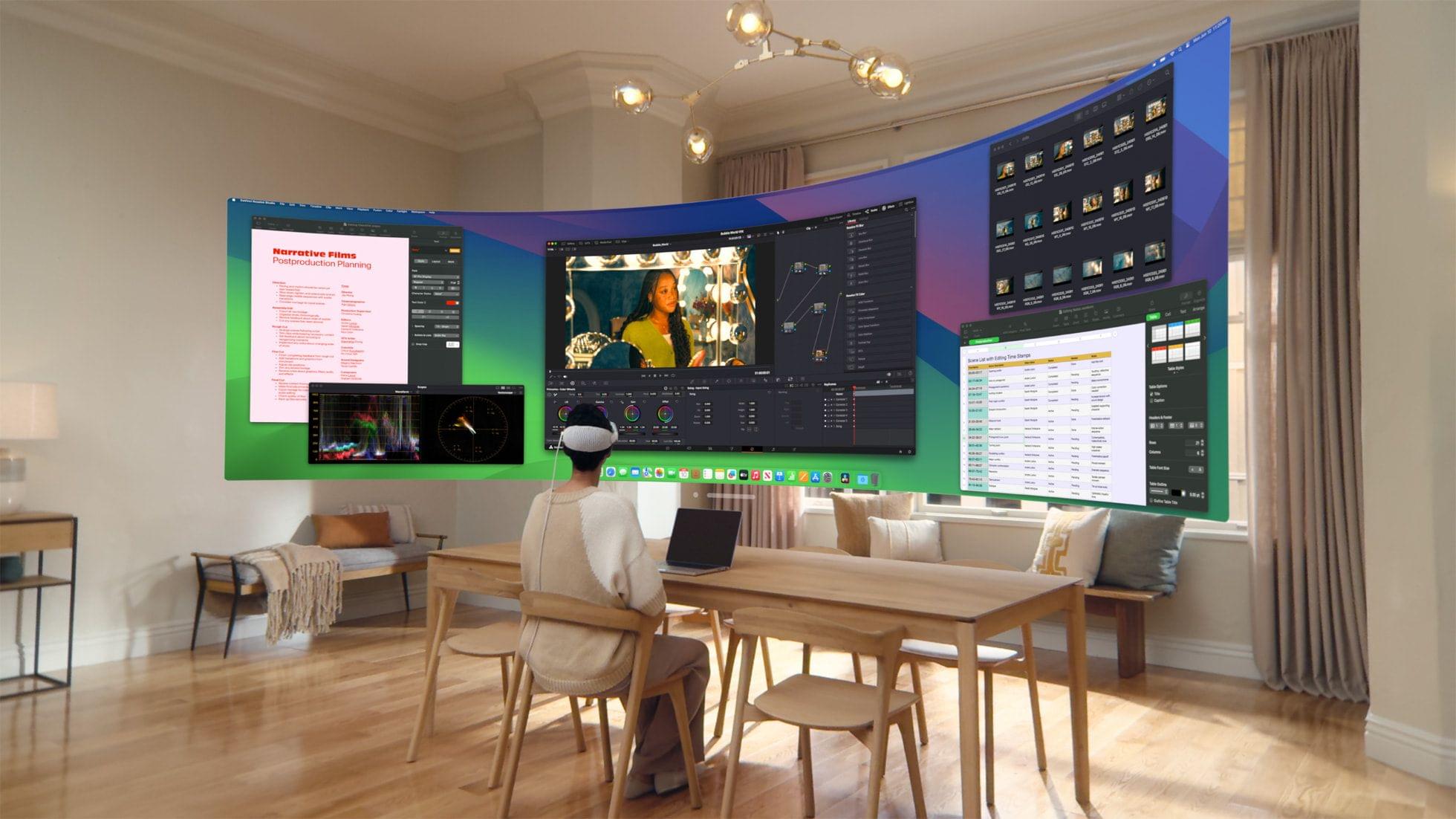
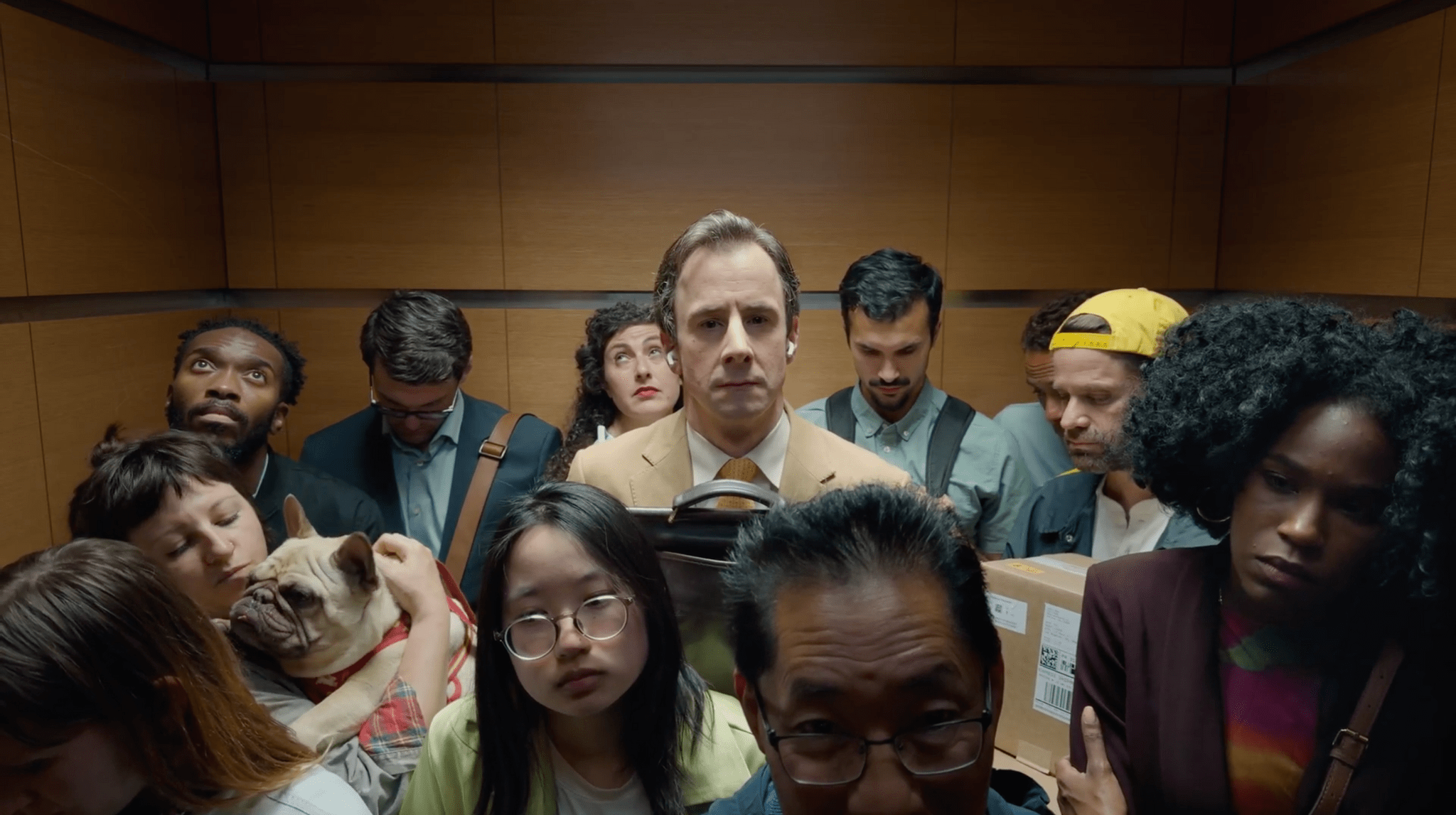

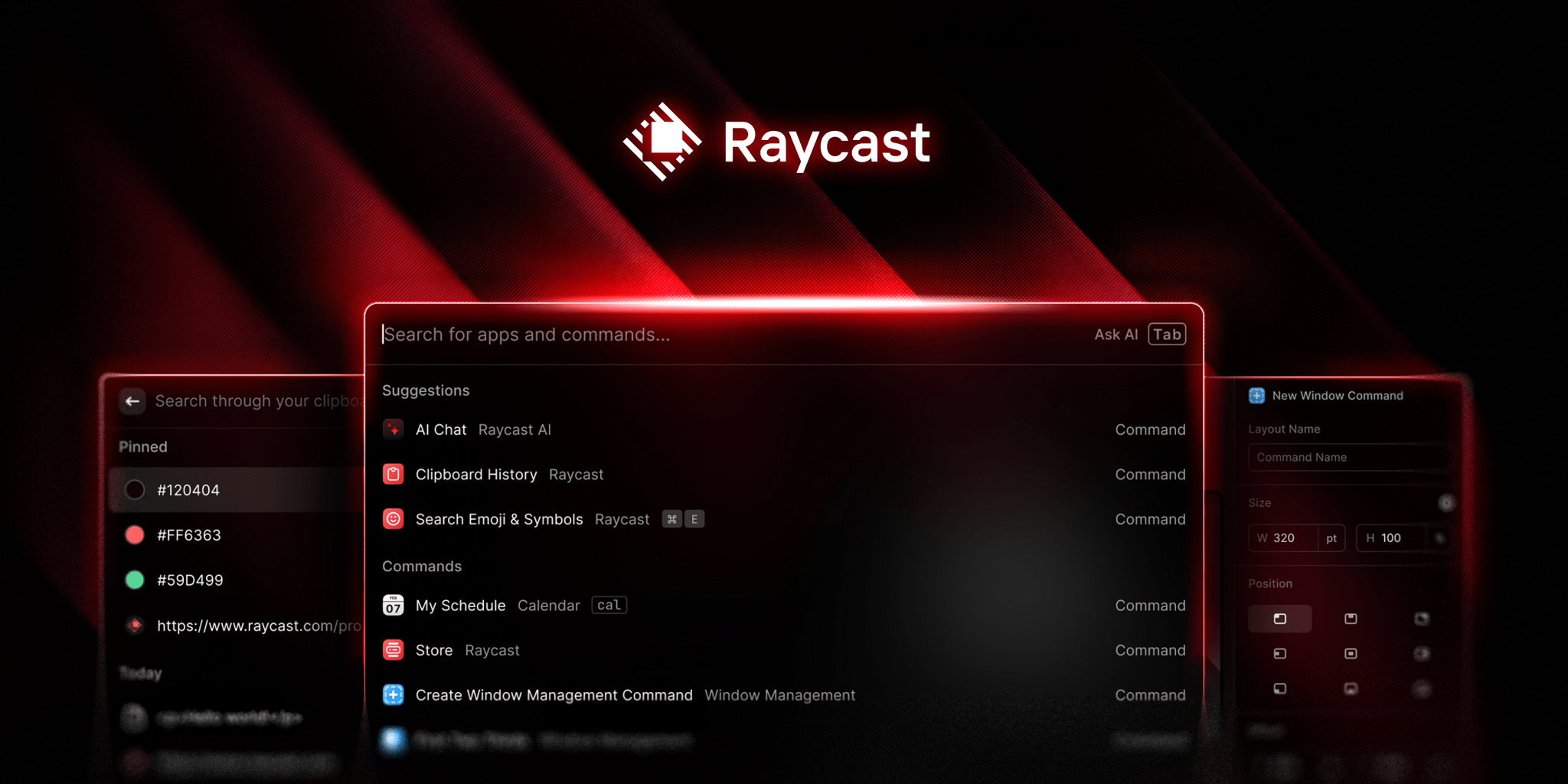







 backpack.](https://cdn.macstories.net/img_6224-1717759614943.jpg)
